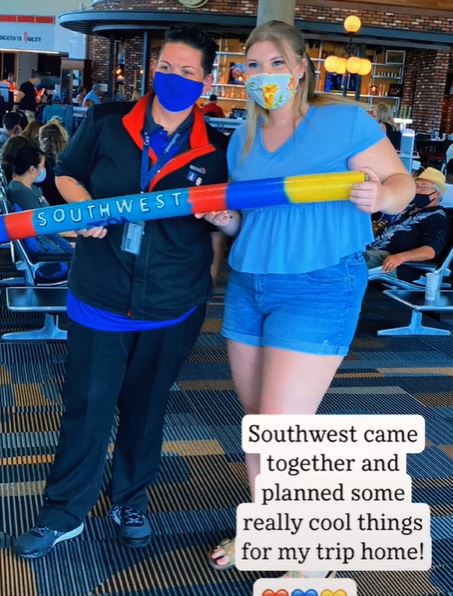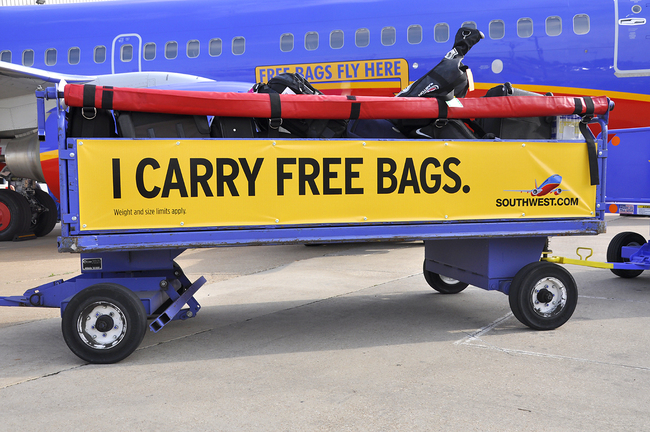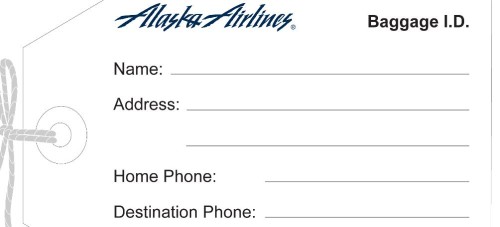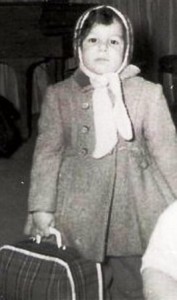
The world – and a young woman named Sydney Fowls – now knows that Southwest Airlines stands by its promise to allow passengers to check two bags for free.

Even if one of those bags happens to be a pool noodle.
Fowles recently traveled from Ohio to Tampa for a vacation. And, budgets being tight, she decided to bring her own foam pool noodle along.
Rather than bring the pool noodle on the plane and try to put it in the overhead bin, Fowls decided to check the pool noodle as her second free ‘bag.’ To her delight, and now ours, no one at Southwest Airlines said no to checked noodle.
The noodle was tagged and sent out to be loaded onto the plane.
The modern world being what it is, Fowles documented the noodles journey on Tik Tok. She even caught the bemused reaction of the bag handlers who were tasked with loading the noodle onto the plane.
The internet loved Fowls’ first pool noodle Tik Tok. To the tune of 11 million views (so far).
Did the noodle make it to Tampa?
Spoiler alert: Yes it did. Did the noodle make it back home to Ohio? Yes it did.
Did Southwest Airlines join in the fun? Yes they did.
When Fowls returned from her trip, there was a pool noodle performance waiting for her.
There was a bag carousel filled with pool noodles.
Fowls got a photo op with the bag handlers who were featured in her first Tik Tok post.
And she got her own Southwest Airlines-branded pool noodle.


